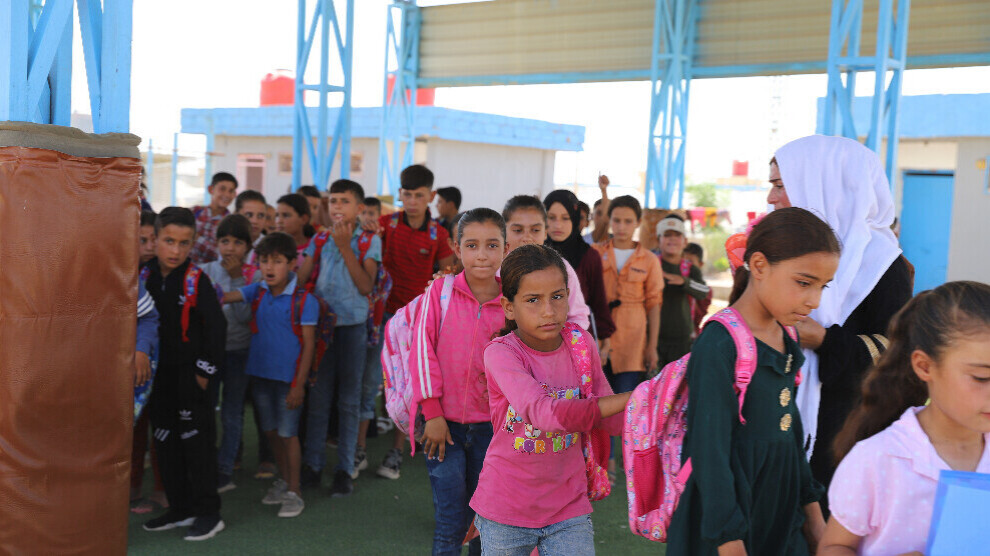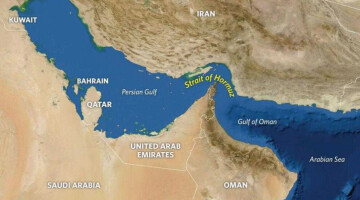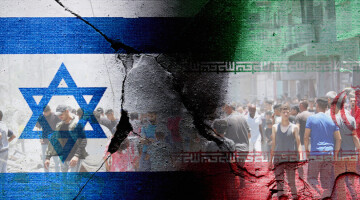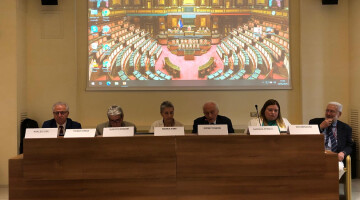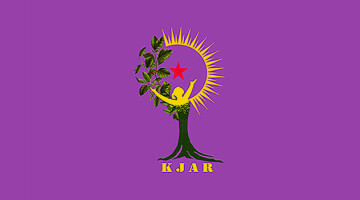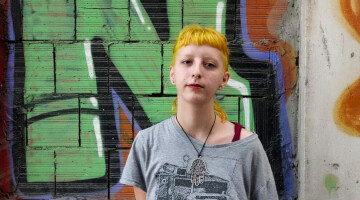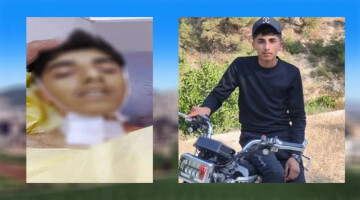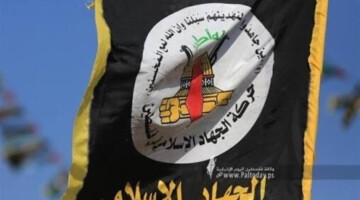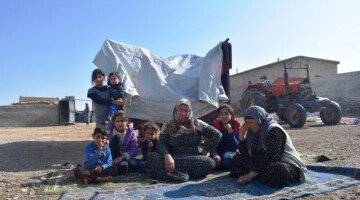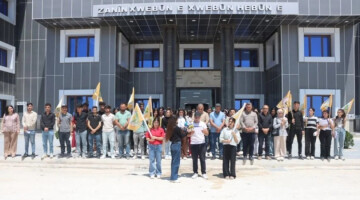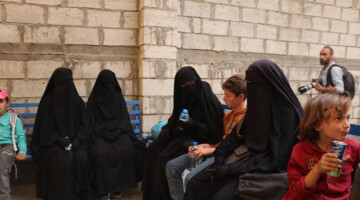The attacks by Turkey on the Autonomous Administration regions in Northern and Eastern Syria have displaced hundreds of thousands of people. After the invasions of Afrin in 2018 and Serêkaniyê and Girê Spî in 2019, a regime of terror was established by the Turkish occupation forces and their mercenaries.
Large parts of the original population of these regions now live in the Waşokanî, Serêkaniyê, Til Semin and Newroz camps and in the Afrin-Shehba canton. This also affects countless children and young people. 7,819 of them have to attend schools in the refugee camps.
There are 871 students and 23 teachers in the Newroz camp, 83 teachers for 1,885 students in the Waşokanî camp, 142 teachers for 2,881 students in three schools in the Serêkaniyê camp, and 94 teachers for 1,566 students in the Til Semin camp. There are 61 schools in the reception camps for Efrîn displaced persons in Şehba.
Shehba: Education under embargo and attacks
Semîra Hec Elî, co-chair of the Education and Training Committee of the Autonomous Administration of Northern and Eastern Syria, spoke to ANF about the educational situation in the camps. She stressed that the educational situation is one of the most important issues regarding the conditions in which displaced persons have to live. Educational work in Shehba continues despite ongoing Turkish attacks. Another obstacle is the embargo of the Assad regime, which keeps its borders closed and thus prevents educational materials from reaching Shehba. The journey from Shehba to Aleppo only takes about 15 minutes, but the embargo makes it very difficult to get supplies from there. "Not only teaching and learning materials, but also the things necessary for a healthy life can hardly be brought to Shehba. These difficult conditions have a negative impact on the educational system for the children living in the camps," said Semîra Hec Elî.
Til Semin: Education in tents in heat and cold
The people from Girê Sipî who live in the Til Semin camp also live in tents. Life in tents is not easy. It is very difficult to sleep in the winter cold and the sweltering summer heat. Given this, one can imagine how difficult the school and training conditions are.
Slightly better conditions in the Waşokanî and Serêkaniyê camps
In the Waşokanî and Serêkaniyê camps, the situation is slightly better compared to other camps. Semîra Hec Elî said: "You can say that they have the best among the bad conditions. The needs are met through support from aid organizations. This aid was used in particular for the construction of new schools in the camps. We are in direct contact with international institutions and organizations to improve the learning conditions of children in the camps."
Economic difficulties evident in the field of education"
Semîra Hec Elî continued: "Although the Education and Training Council for Northern and Eastern Syria is sensitive to the situation of children in the camps, it is not easy to improve the conditions. Necessities such as stationery are provided, but this is not enough. The economic conditions in North and East Syria have a negative impact on the education system. However, education and training in the camps will not be interrupted, no matter what the conditions are. The Education and Training Council will do its best to ensure that children are taught in better conditions until the displaced people can return to their country."
Diseases spread due to lack of space
Neman Cangîr, head of the Şehîd Cemal School in Newroz Camp, said: "Classes started again on 8 September. There is only one school in the camp, but the number of students is high. If the space is small and the number of students is large, if one child falls ill, other children will also be infected. So the fact that 871 children are taught in one school prevents a healthy outcome. Since Kurdish and Arab students study together, we cannot implement our curriculum as we would like. We also need to increase the number of teachers. We need teachers who are knowledgeable in their field. In order to teach students in better conditions, the teaching materials must be complete."
Ciwana Xalid Silêman, a student at the "Şehîd Cemal" school, comes from Serêkaniyê. When the Turkish state occupied Serekaniyê, Ciwana was in first grade and had to continue her school life in the Newroz camp. The 12-year-old told ANF: "I was in first grade when the Turkish state attacked Serêkaniyê. The school where I studied was big and very nice. There were many classrooms. Two of us sat in each row, we had plenty of space and felt comfortable. Now our school is small and we sit four in a row. If someone gets sick, we all get infected, so we cannot go to school and lose educational time. Despite the difficult conditions, I learned to read and write in the camp. I like to learn and try to listen carefully to my teachers so that I can be more successful."
Residents of the camps
Waşokanî Camp: The camp in Hesekê was set up by the Autonomous Administration of Northern and Eastern Syria for the internally displaced people from Serêkaniyê. Refugees from Serêkaniyê, Til Temir and Zirgan live in the camp.
Serêkaniyê Camp: The Serêkaniyê camp east of Hesekê was set up in August 2020 by the Autonomous Administration of Northern and Eastern Syria for the internally displaced people from Serêkaniyê.
Camp Newroz: The Newroz camp in the city of Dêrik was set up in 2014 for the people from Shengal who had fled the ISIS genocide. After many people from Shengal returned to their homes, people from Serêkaniyê and Girê Spî were housed in the camp.
Camp Til Semin: The camp was set up for internally displaced people from Girê Spi and the surrounding area.
Camps in Shehba: With the Turkish invasion of Afrin in 2018, more than 400,000 civilians were forced to flee. The majority of the population of Afrin is in five camps (Efrîn, Veger, Serdem, Berxwedan and Shehba) in the Shehba and Efrîn-Sherêwa regions.

